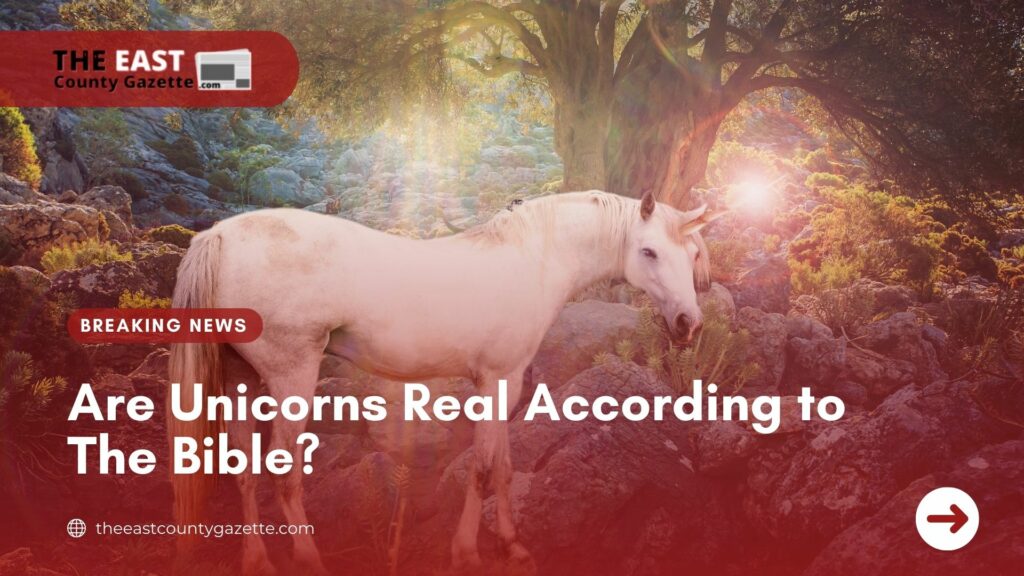However, biblical commentaries vary widely regarding what they think is the animal referenced as unicorns is actually referencing. They state it could be an extinct wild bull called the auroch, a rhino, a wild buffalo or ox, a wild goat, or even an antelope.
According to this article, this is what the Bible says about unicorns:
- Unicorns are mentioned in the Bible, but only in King James Version. Newer translations don´t mention unicorns.
- The original Hebrew word re’em could be translated as a unicorn, a rhinoceros, or a wild ox
- Unicorns are mentioned in 9 verses in King James’s Version
- The unicorn can be seen as an allegory to Christ and even God
- Physiologus, an ancient Christian bestiary has a legend of a unicorn caught by a virgin. The unicorn has been interpreted as Christ and the virgin as Virgin Mary.
Read more: COVID-19 Situation Worsens in the US Just As Dr. Fauci Issued Serious Warning
Meanwhile, Unicorn Yard says, “The unicorn has had a great deal of influence on the Bible, and appears repeatedly throughout the text.
Why it is there and what it means will probably be a long-standing source of debate, but it seems most likely that it’s an issue with translation, or with modern language having changed the meaning of the word ‘unicorn’.”
For more interesting news, stay with us here at the East County Gazette.

